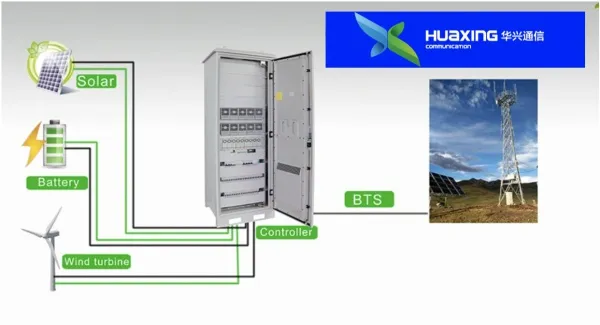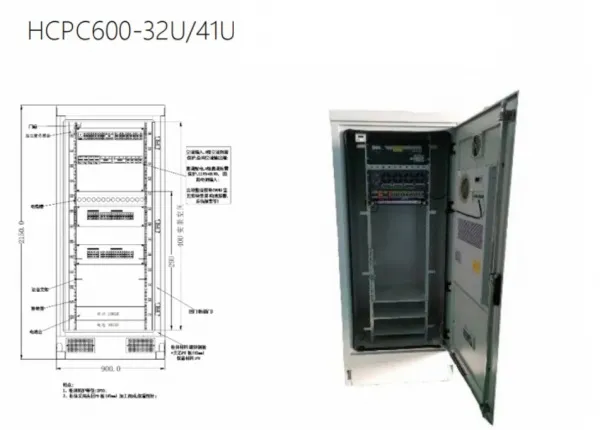millimeter wave in 5g
Millimeter wave (mmWave) technology represents a groundbreaking advancement in 5G communications, operating at frequencies between 24GHz and 100GHz. This high-frequency spectrum enables unprecedented data transmission speeds and bandwidth capacity, making it a crucial component of next-generation wireless networks. The technology derives its name from the wavelength size, which measures just millimeters, compared to the centimeter-scale wavelengths of traditional cellular frequencies. In 5G networks, mmWave technology facilitates ultra-high-speed data transmission, supporting rates up to 20 gigabits per second, making it ideal for dense urban environments and high-demand applications. The system employs advanced beamforming techniques and massive MIMO (Multiple-Input Multiple-Output) technology to overcome its limited range and penetration capabilities, using multiple antennae to focus signals directly to user devices. This sophisticated approach enables precise targeting and efficient data delivery, though it requires a denser network of small cells for comprehensive coverage. The technology's implementation has revolutionized various sectors, from autonomous vehicles and smart cities to industrial automation and augmented reality applications, providing the foundation for future innovations in wireless connectivity.


